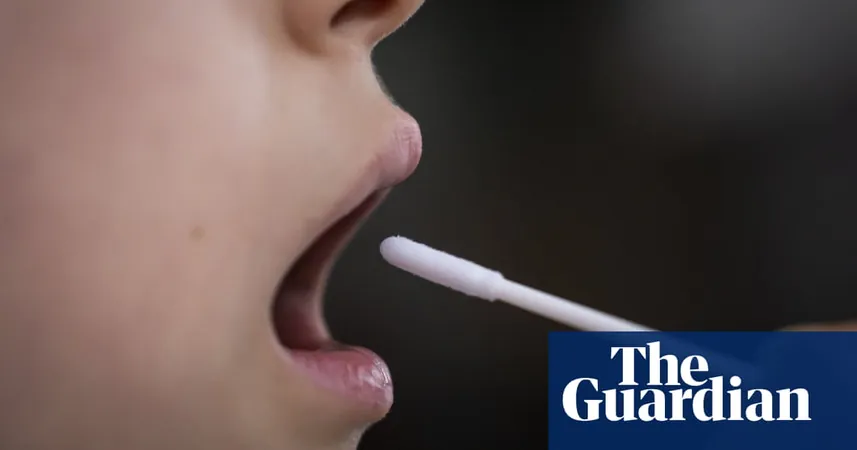
Governments Urged to Embrace Emotion in the Battle Against Fake News
2024-09-30
Introduction
In an era where misinformation spreads like wildfire on social media, researchers are calling on governments and public agencies to leverage human emotions in their fight against fake news, particularly regarding critical public health issues like vaccination programs.
Case Study: Laura Brennan
A significant case study highlights the story of Laura Brennan, a 25-year-old woman diagnosed with terminal cervical cancer. Her heart-wrenching yet scientifically informed social media posts played a pivotal role in reshaping public perceptions of Ireland's HPV vaccination program. By sharing her own narrative, Laura effectively countered the alarming anti-vaccine rhetoric that had emerged, leading to a notable shift in public opinion.
Collaboration with Health Services
In collaboration with the Irish Health Service Executive (IHSE), Laura gained access to vital information regarding the HPV vaccine and cervical cancer, which empowered her to share accurate insights with her followers. This partnership was crucial in building a credible narrative that resonated deeply with the Irish public.
The Role of Emotions
According to Dr. Itziar Castello, a Reader in Corporate Social Responsibility at Bayes Business School, and her colleagues, the emotional legitimacy derived from real-life experiences can significantly enhance the credibility of public institutions. This finding is particularly important as misinformation aimed at undermining the legitimacy of organizations creates a need for an emotional response integrated with factual evidence.
Impact of Misinformation
Research indicated that aggressive misinformation campaigns led by anti-vaxxers reduced Ireland's HPV vaccination rates from 85% to a shocking 50% within two years. While the IHSE employed logical arguments and factual data to encourage vaccination, their efforts yielded limited results until Laura's emotional narrative began to gain traction.
The Power of Emotional Engagement
Dr. Castello emphasized the power of emotions in this context, stating, "The analysis highlights that relying solely on facts is insufficient. Emotions play a critical role in how people process information, often overshadowing mere statistics." Her findings suggest that emotional engagement could have been helpful during other significant events, like the recent UK riots or upcoming NHS vaccination programs for COVID and flu.
Laura's Journey
Laura emerged as a beacon of hope, initially advocating for patient rights, eventually becoming the face of the IHSE's HPV campaigns. Her strategy of employing "emotional batteries," a term describing the energy generated from sharing personal experiences, proved effective. By posting both intimate moments from her life and relatable social outings, she built a connection with the public that was both authentic and relatable.
Results and Recommendations
The result of this emotional engagement was remarkable: Laura's efforts, combined with robust support from the IHSE, were instrumental in increasing Ireland's HPV vaccination rates to an impressive 74%. Co-author Dr. Marie Joachim emphasized the necessity for public institutions to recognize and harness emotions in their strategies against misinformation, suggesting that collaboration with individuals like Laura can restore public trust and legitimacy.
Conclusion
As misinformation continues to threaten public health initiatives, this case study stands as a powerful reminder of the importance of emotional intelligence in communication strategies. By addressing the emotional dimensions of public concerns, institutions may not only combat fake news but also enhance community trust and engagement.



 Brasil (PT)
Brasil (PT)
 Canada (EN)
Canada (EN)
 Chile (ES)
Chile (ES)
 España (ES)
España (ES)
 France (FR)
France (FR)
 Hong Kong (EN)
Hong Kong (EN)
 Italia (IT)
Italia (IT)
 日本 (JA)
日本 (JA)
 Magyarország (HU)
Magyarország (HU)
 Norge (NO)
Norge (NO)
 Polska (PL)
Polska (PL)
 Schweiz (DE)
Schweiz (DE)
 Singapore (EN)
Singapore (EN)
 Sverige (SV)
Sverige (SV)
 Suomi (FI)
Suomi (FI)
 Türkiye (TR)
Türkiye (TR)